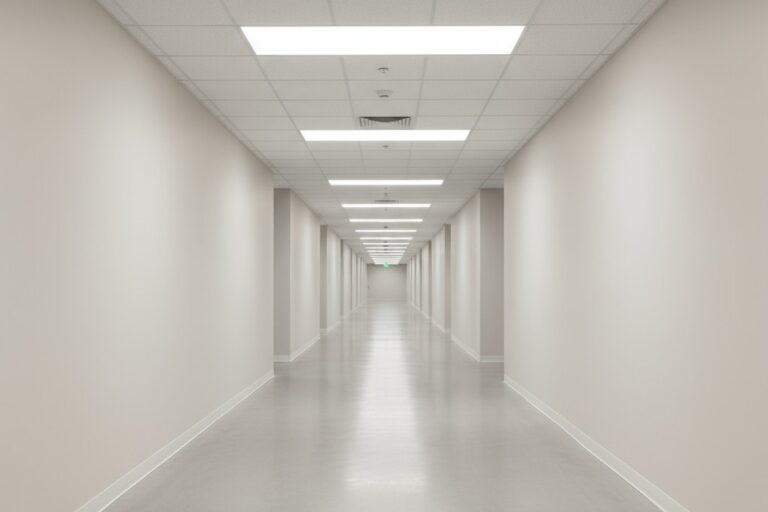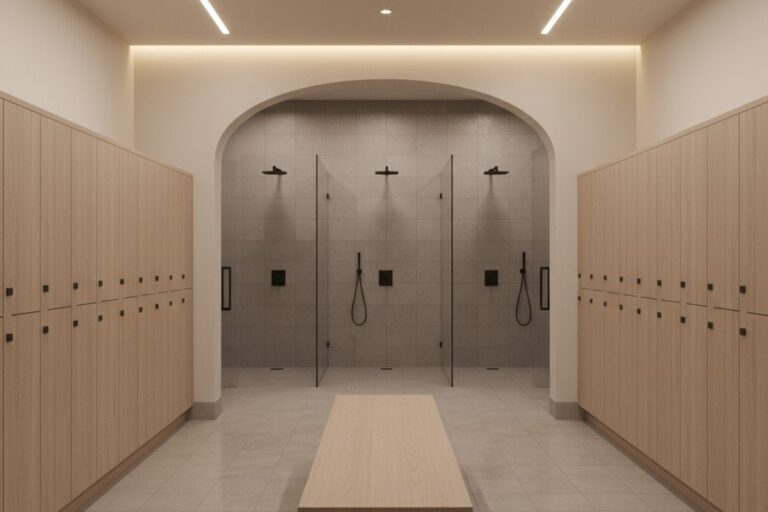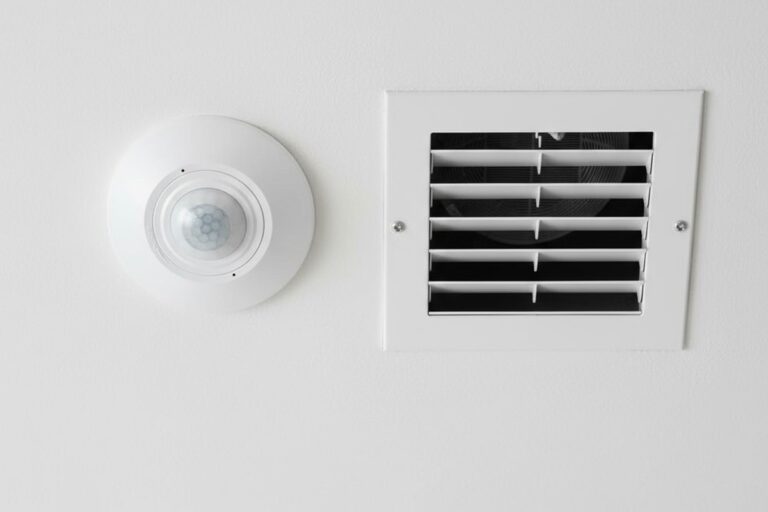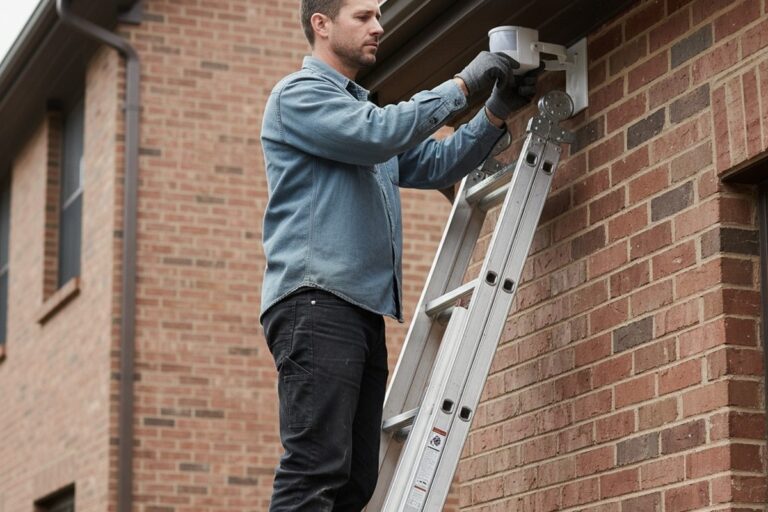
Resources
Access and download our latest support materials and guides, Razeek has got you covered from installation to troubleshooting.
Insight from Rayzeek
The latest sensor tech trends.

The End of Darkness: A Guide to Proactive Motion Lighting in Corridors
Many buildings suffer from ‘light lag’ in corridors, where motion-activated lights turn on too late, creating an unsettling user experience. Instead of simply increasing sensor sensitivity, which causes false triggers, the solution is to design an anticipatory system. By using a staggered sensor layout, strategic forward aiming, and intelligent pre-trigger logic, you can create a seamless experience where the path ahead is always illuminated, guiding users safely and efficiently.

Privacy-First Occupancy Control: A Guide for Locker Rooms with Showers
Automating locker rooms for energy efficiency often compromises user privacy. A human-centric approach using strategic zoning, discrete sensor placement, and intelligent timeouts creates a system that respects dignity while saving energy, ensuring lights and ventilation work reliably without being intrusive.

Sunny Vestibules and Gusty Doors: Taming the Thermal Turbulence That Fakes Motion
Is your motion sensor seeing ghosts? False triggers are rarely due to a faulty device. They are often caused by invisible thermal events, like shifting sunlight or drafts from an HVAC vent, that trick the sensor. True reliability comes from understanding this thermal turbulence and using strategic placement, not just adjusting the sensitivity dial.

The Dark Phone Booth Problem: Why Motion Sensors Fail the Quiet User
The lights going out in a co-working phone booth isn’t a glitch, it’s a design failure. Standard overhead motion sensors are the wrong tool for the job, but the solution isn’t more complex tech—it’s a more intelligent system using better placement and logic to support focused work.

Aisle Lighting for Warehouses with Forklifts and Long Sightlines
Standard motion sensors are designed for open offices, not the long, narrow corridors of a warehouse. This fundamental mismatch creates daily frustrations and genuine safety hazards for workers and forklift operators, as sensors fail to detect head-on movement or are blocked by towering racks. Solving this requires a specific design approach that accounts for long sightlines, intersections, and equipment vibration to create a reliable system that supports workflow.

The Right Tool for the Job: Stopping Nuisance Outdoor Lights in Shared-Driveway Townhomes
Constant false triggers from your outdoor motion light are a sign of a bad fit, not a bad sensor. In townhomes with shared driveways, wide-angle sensors are the wrong tool for the job. The solution isn’t complex automation, but choosing the right hardware: a narrow-beam sensor with a detection pattern that fits your property’s tight constraints. This guide shows how to select, mount, and aim the right sensor to eliminate nuisance alerts for good.
